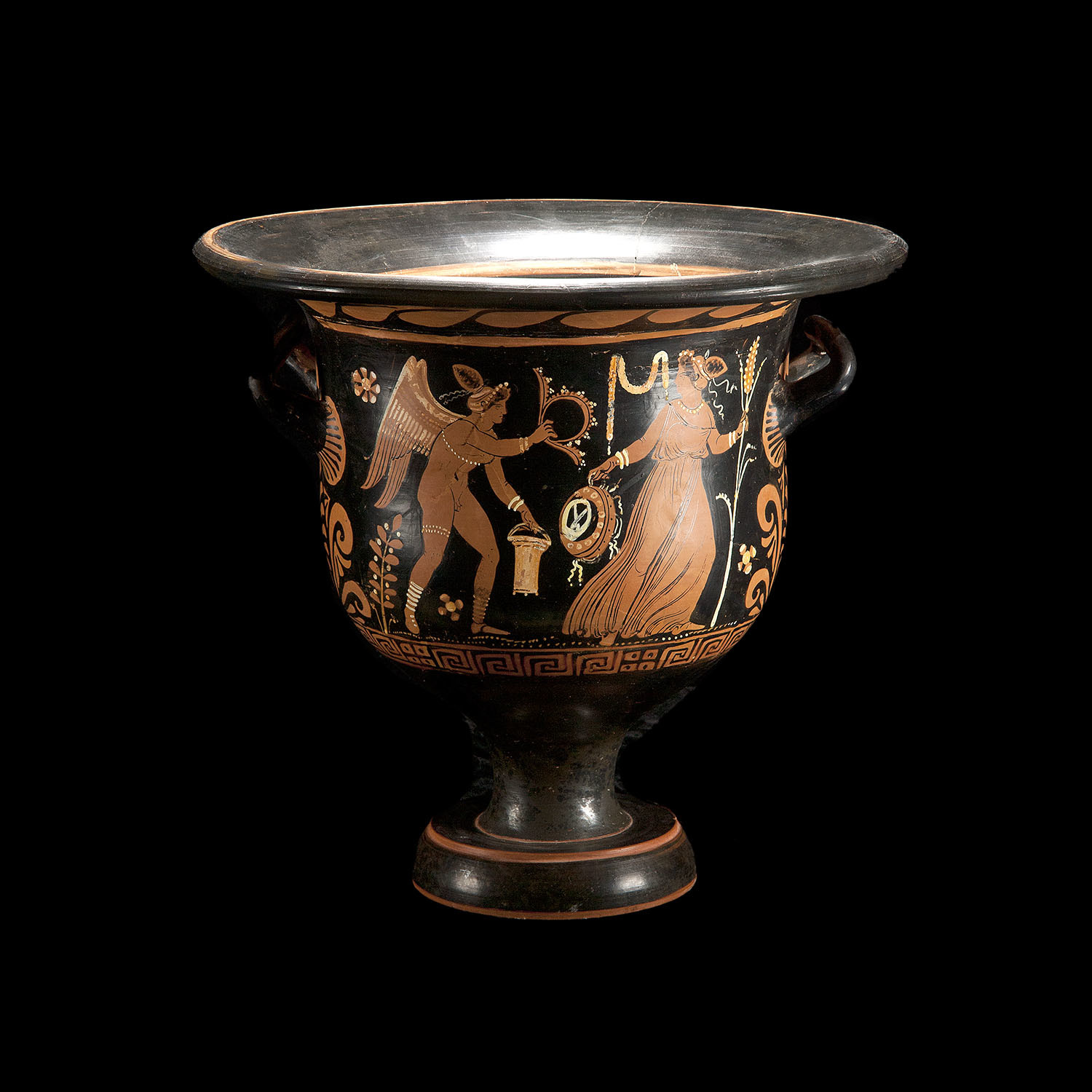Now, what evidences have yet to be proven as unsatisfactory evidences of the historical Jesus.
1. I have found that the best evidences of Jesus of Nazareth being the Christ, the Son of God, and also being the Lord God Almighty are the inscriptions at the location known as Peter's house in Capernaum. The plaster in the walls where the inscriptions were found can be dated by the chips of pottery that were used in the plaster, making them some of the oldest archaeological evidences.
Inscriptions can be made by anyone at anytime. It is very hard to date plaster to within several hundred years. As I said , if you refer to the lin I posted which discussed the most resent ossuary found last year they said no historical real evidence is to exist of Jesus. You make a claim of fact in 1945 which is not accepted even by those who are experts in the field.
However, you are mistaken in the Capernaum inscriptions which can be dated by the chips of pottery in the plaster. As for the "James ossuary"... it was not "found" last year, and I want a source on the statement, "which is not accepted even by those who are experts in the field" pertaining to the the 1945 finding.
2. A second, excellent location of inscriptions that are verifiable are the inscriptions under the Vatican on the "red wall" of Peter's tomb. Now, I am not an advocate that the bones found in the repository were those of the apostle Peter, but I don't question that the tomb (location) did belong to Peter... The inscriptions are a good source of historical evidence for Jesus as the Lord God Almighty.
No one can make a positive confirmation on the claims. These are local legends and put forth by biased sources.
au contraire, you are mistaken, and the inscriptions are verifiable... one thing for certain, if there was a controlled area, it was the sealed tomb under the altar at the Vatican. Sealing that tomb certainly lends credibilty in dating the wall.
3. And, maybe the biggest evidence, by historical standard is the sign of the cross... and making the sign of the cross as an exchange between believers... and, of course, the written records of such activities (historical evidences), the mosaics containing the cross (archaeological evidence), the early reliefs (archaeological evidence), the early jewelry that is found in Christian tombs (archaeological evidences). (BTW Jews aren't buried with jewelry) (BTW... I am searching for the critical text on the use of crosses on "Christian" lamps in the first century.... so hold on )
Making the sign of the cross is not evidence of Jesus it is evidence of Christianity. Traditions and symbols exist all over the world for their local Gods which doesn't make them true.
I believe the difference is that the sign of the cross as an inscription adjoined with the name of Jesus refutes your statement. It isn't "just the sign of the cross" nor is it "just the name of Jesus"... but the combination which lends credibilty.
4. The eyewitness accounts of Peter and Paul. Both Peter and Paul have been proven to have existed by historical evidences and archaeological evidences outside the Bible...,. look for Peter at the Vatican.... look for Paul in Cyprus archaeology. (This is still a good reference. There are evidences of these two witnesses outside the Bible)
Can't find Peter or Paul outside of the bible. Nothing here is proven. Find unbiased sources for the claim outside of the bible.If you notice all we have about Paul is the writings in the bible and the same for Peter. We don't know for sure who these people were or if there was more than one writing under the same name as was popular to do then.
http://www.mala.bc.ca/~mcneil/m2lec1a.htm
http://www.ewtn.com/library/MARY/PETER.htm
I don't have to find "unbiased" sources in archaeology. In theology, possibly, but in archaeology... it is up to the critic to prove "bias" in criticial text published as the result of excavations. Critical texts from excavations state the findings, not the opinions of archaeologists. A great example of that is the excavations at the Wadi El-Kharrar where a muslim is the lead archaeologist on the excavations of the baptimal area and associated Christian churches of John the Baptist. If "bias" was involved in that archaeological critical text, then why would a muslim be reporting information that supports the biblical text?
5. I would add there are ossuary boxes which date to a very limited time frame of first century jerusalem which carry the symbol of the cross for Christians being buried in the boxes. There are probably 100+ of such ossuary boxes with crosses dating from 35 AD to 70 AD.
Ossuary boxes with crosses are not evidence of Jesus they are evidence of Christianity.
If the inscriptions reads "Jesus" then the evidence supports "Jesus"... that you reject it does not negate the fact that within a decade of the death and resurrection of Christ, tombs reflect the death of Christians and their claim to Christ.
As well as any of the historical evidences (written word) of the early church fathers.
The early church fathers did not witness Jesus in the flesh.Again , their testimony is not unbiased. There is a motive for lying when you are starting a new religion.
"The Pastorals, (I & II Timothy and Titus) are recognized forgeries written in the mid-second century long after Paul's death. In spite of this widely accepted historical fact most versions of the Bible present them as epistles of Paul. So, let us treat them as such."
Where do you get your information? "The early church fathers did not witness Jesus in the flesh"... The apostle John was an eyewitness and and early church father.
There is a motive for lying when you are starting a new religion.
And your motive in posting that statement is? Are you implying that ALL of the early church fathers were lying? Surely, you jest?
[quote:9761c]"The Pastorals, (I & II Timothy and Titus) are recognized forgeries written in the mid-second century long after Paul's death.




